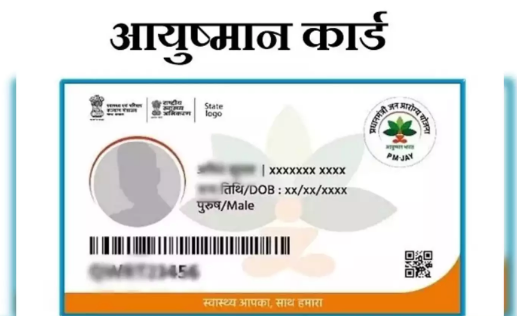Introduction
The history of the Ayodhya Ram Mandir is a saga that spans centuries, marked by moments of glory, controversy, and resilience. This timeline aims to provide a comprehensive overview, tracing the temple’s journey from its inception in 1528 to the monumental year of 2024.
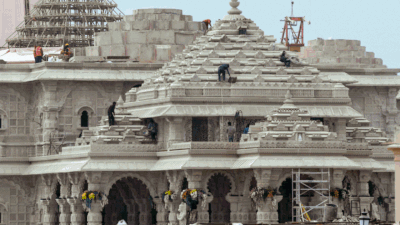
1528 – The Construction of Babri Masjid
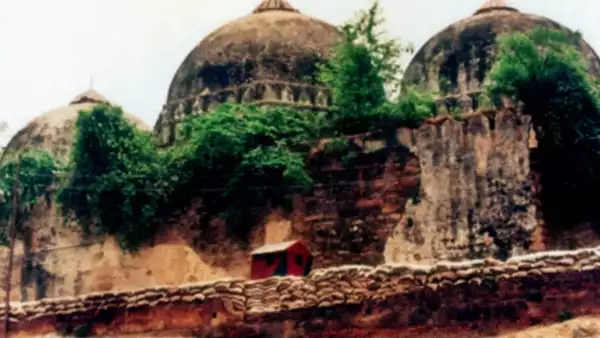
The narrative begins in 1528 when the Babri Masjid was constructed in Ayodhya during the Mughal era. This mosque would later become the focal point of a historical and religious dispute.
1853 – The First Legal Dispute
The first legal dispute over the Ayodhya site occurred in 1853 when Mahant Raghubir Das filed a plea seeking permission to build a canopy outside the disputed structure. This marked the beginning of legal battles that would persist for decades.
1949 – The Idol Installation
In 1949, idols of Lord Ram appeared inside the Babri Masjid, leading to increased tensions between communities. This event triggered a series of legal disputes and laid the foundation for the Ayodhya Ram Mandir movement.
1986 – The Shilanyas Ceremony
In 1986, the Vishwa Hindu Parishad (VHP) performed the Shilanyas ceremony, marking the symbolic beginning of the construction of the Ram Mandir. This further intensified the dispute over the site.
1992 – Demolition of Babri Masjid
The year 1992 witnessed a dark chapter in the history of Ayodhya as the Babri Masjid was demolished by a mob, leading to widespread communal tensions. This event sparked nationwide protests and legal repercussions.
2002 – Archaeological Survey Findings
In 2002, the Archaeological Survey of India (ASI) conducted excavations at the Ayodhya site, revealing evidence of a temple beneath the Babri Masjid. These findings played a crucial role in subsequent legal proceedings.
2010 – Allahabad High Court Verdict
The Allahabad High Court delivered its verdict in 2010, dividing the disputed land into three parts among the Sunni Waqf Board, Nirmohi Akhara, and the Ram Lalla Virajman. This decision, however, failed to bring a conclusive end to the dispute.
2019 – Supreme Court Verdict
In a historic judgment in 2019, the Supreme Court of India ruled in favor of the construction of the Ram Mandir, stating that the entire disputed land belonged to the Hindus. The court also directed the allocation of an alternative site for the mosque.
2024 – The Grand Inauguration
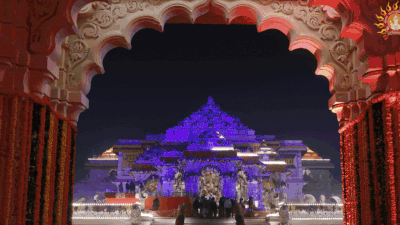
The year 2024 marks the grand inauguration of the Ayodhya Ram Mandir. After centuries of legal battles, protests, and negotiations, the dream of millions becomes a reality as the sacred temple opens its doors to the faithful.
The Ram temple inauguration ceremony is scheduled for January 22, with Prime Minister Narendra Modi and various dignitaries in attendance.
The Lord Ram idol was placed inside the sanctum sanctorum of the temple on Thursday during the consecration ceremony in Ayodhya. During the ritual, the first image of the idol was revealed, concealed by a veil.
Sculpted by Karnataka-based Arun Yogiraj, the ‘Ram Lalla’ idol is 1.5 tonnes in weight and 51 inches tall. In the picture, Lord Ram is seen as a five-year-old boy standing on a lotus formed of the same stone.
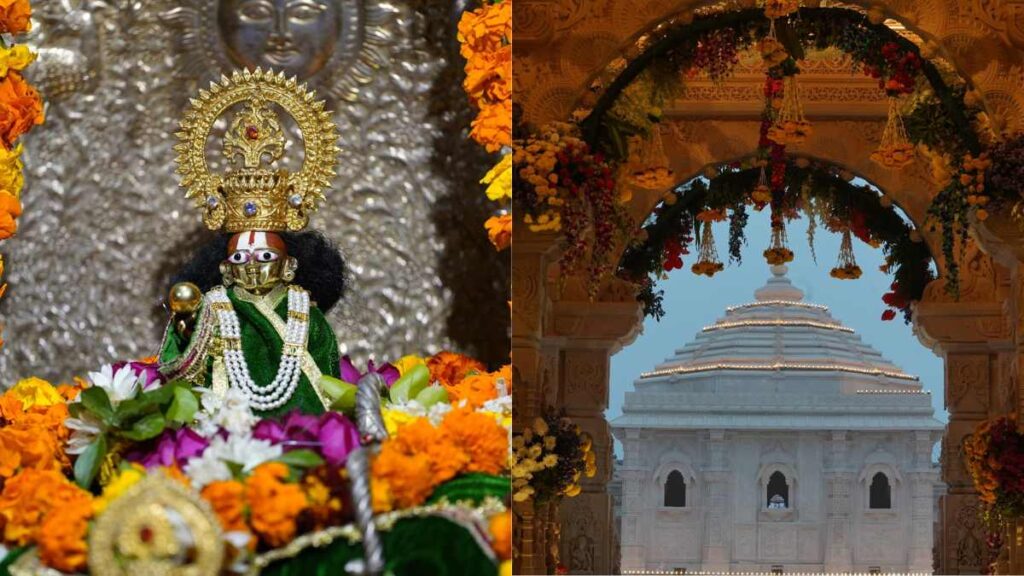
The ‘Pran Pratishtha’ rituals will be conducted by Prime Minister Narendra Modi, while a group of priests under the direction of Lakshmikant Dixit will monitor the proceedings. Several famous people and celebrities have also received invitations.
Conclusion
The history of the Ayodhya Ram Mandir is a tale of perseverance, faith, and the quest for justice. From the construction of the Babri Masjid in 1528 to the historic inauguration in 2024, each chapter has left an indelible mark on the cultural and religious landscape of India. The journey, though tumultuous, reflects the resilience of a nation and its unwavering commitment to its heritage.



